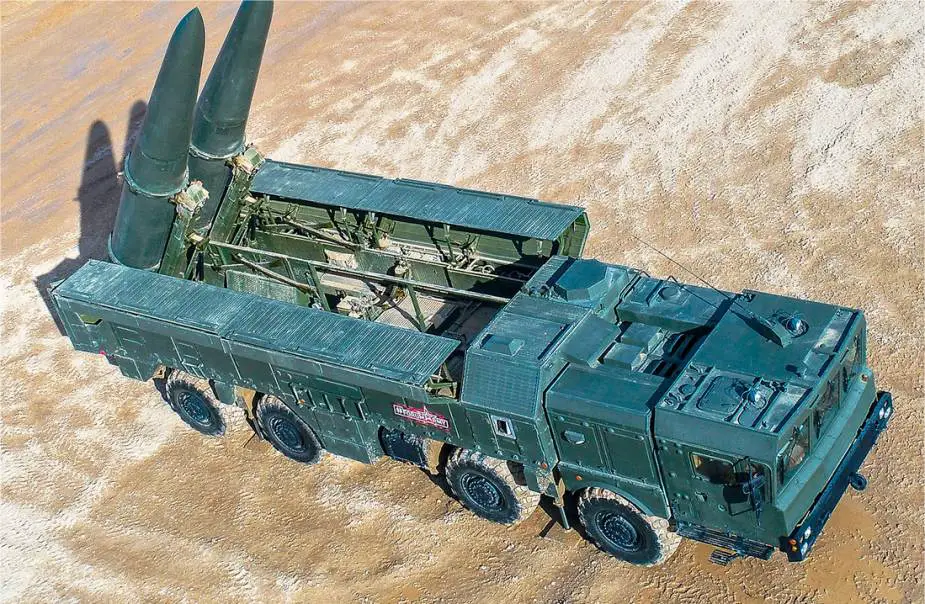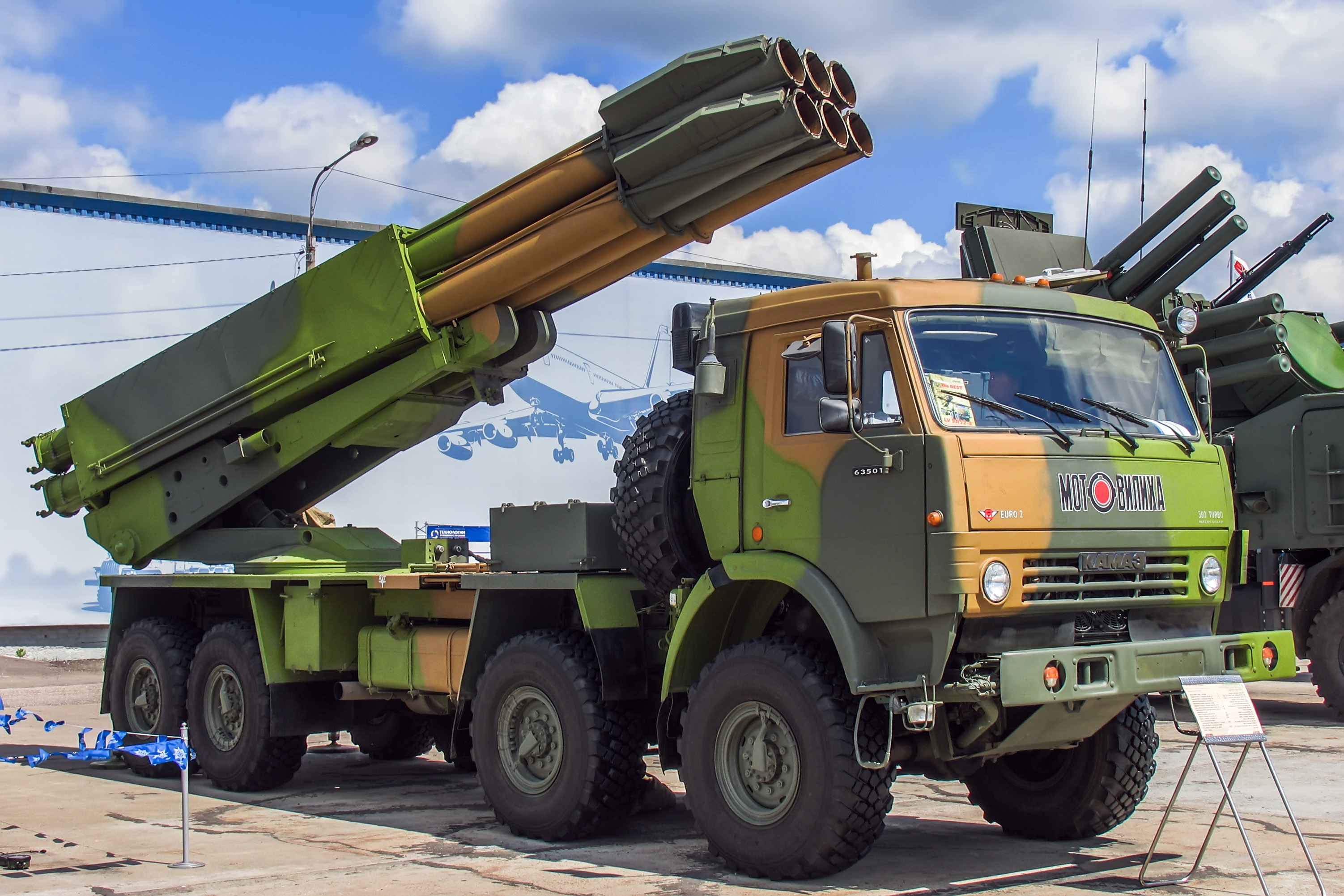On November 19, the Russian Ministry of Defense declared that all missile units in its armed forces had been rearmed with “modern and unique” Iskander-M Missile systems.
In a statement, the ministry said that all Russian armed forces missile formations are now re-equipped with the cutting-edge Iskander-M missile system, which has no counterparts anywhere in the world.
The definition of “Modern and Unique Missile Systems” was not made clear by the ministry. However, current reports indicate that the weapon system received significant improvements to boost its effectiveness on the battlefield.
Recently, Moscow announced that the Iskander-M (NATO reporting name: SS-26 Stone) tactical missile system could be fitted with new missiles, improving its combat capabilities. The data from the Russian defense industry indicated that the infrastructure built for the Iskander system would likely last 30 years.
Valery Kashin, the Deputy CEO of the High-Precision Systems Company and General Designer of the Machine-Building Design Bureau Hero of Labor, said that Moscow would also strive to improve its combat capability, starting with the addition of new and more sophisticated missiles.
Russian troops frequently employ the Iskander-M to launch attacks against the strategic locations of the Ukrainian armed forces. In August 2022, Moscow alleged that the Iskander-M struck a military train in the Dnepropetrovsk Region, smashing the Ukrainian Army’s military equipment and fighting vehicles.
The latest development comes days after it was claimed that Moscow was dangerously low on missiles to attack Ukraine’s interior. On November 7, Ukraine’s intelligence agencies claimed that Russia only had 120 modern Iskander missiles in its inventory.

The Iskander-M is meant to destroy long-range artillery, command posts, communication hubs, missiles, multiple launch rocket systems, and aircraft at airfields up to 500 kilometers away (311 mi).
The Russian Armed Forces started using the Iskander-M system in 2014. In late 2019, Russian missile forces were fully rearmed with the system. Based on an 8×8 military truck chassis, the Iskander-M is a mobile ballistic missile.
It is equipped with two 9M723K1 single-stage solid-propellant guided missiles. Each one is guided along the flight path and is equipped with an indestructible warhead. Each projectile in the launch carriage vehicle can be independently directed in seconds.
Additionally, the system can launch the SSC-7 and SSC-8 ground-launched cruise missiles (GLCMs). The Russian military uses the Iskander-M system; the Iskander-E system is designed for export.
The Iskander-M missile can carry up to 700 kilograms of payload and has a 500-kilometer range. It can be equipped with conventional and nuclear weapons.
Cluster bombs, electromagnetic pulse (EMP) warheads, and bunker-buster weapons are examples of conventional warheads that can be installed.
The Iskander missiles are reportedly designed to fool missile defenses by flying on a low trajectory and maneuvering in flight to attack targets with an accuracy of two to five meters, according to the US-based think tank Center for Strategic and International Studies (CSIS).
Rockets And Artillery Groups
Sputnik News, citing a statement from Russian MoD, reported that rocket and artillery groups are armed with “modern samples” that were effectively utilized in “special military operations.”
The ministry explained that multiple launch rocket systems (MLRS) are being supplied for the rocket formations of both large and medium caliber of the Tornado family (Tornado-S MLRS of 300mm caliber and Tornado-G MLRS of 122mm caliber).
The government further stated that the artillery units’ arsenals were constantly being upgraded with self-propelled howitzers 2C19M2 “Msta-S.” The statement asserted that the vehicle could work in a “barrage of fire” that could ensure the enemy’s defeat by reaching the target with intensity.

This warhead can fire in the “dump of fire” mode, which increases the density of fire and guarantees enemy damage by having multiple rounds launched from one gun at various angles.
The Russian Armed Forces commemorate the Day of Artillery and Missile Forces on November 19. It was established on October 21, 1944, by order of the Presidium of the Supreme Council of the USSR, in recognition of the outstanding contributions made by artillery during the Battle of Stalingrad.
The Red Army’s counteroffensive, launched on November 19, 1942, with volleys of tens of thousands of artillery pieces, was a fundamental turning point in the Great Patriotic War.
The operation, known as “Uran,” was crucial in thwarting the fascist troops. Artillery was vital in this bloody battle, serving as the primary fire force that helped the Allies ultimately defeat the enemy.
- Contact the author at ashishmichel(at)gmail.com
- Follow EurAsian Times on Google News




